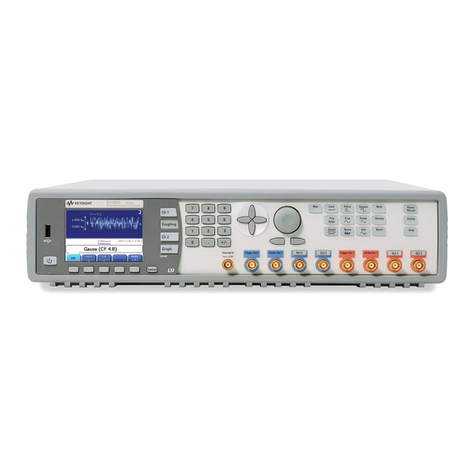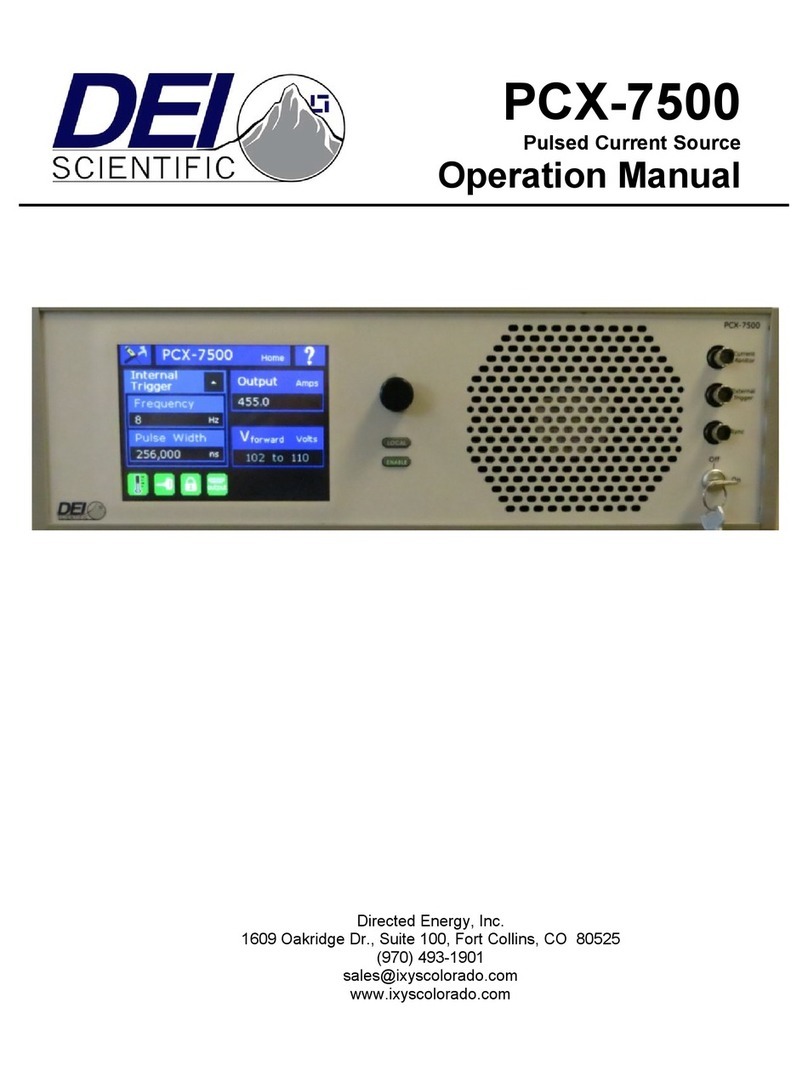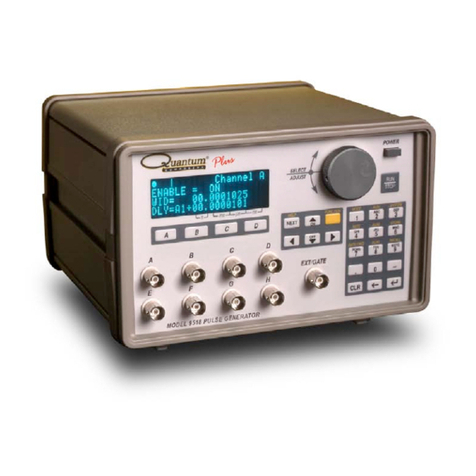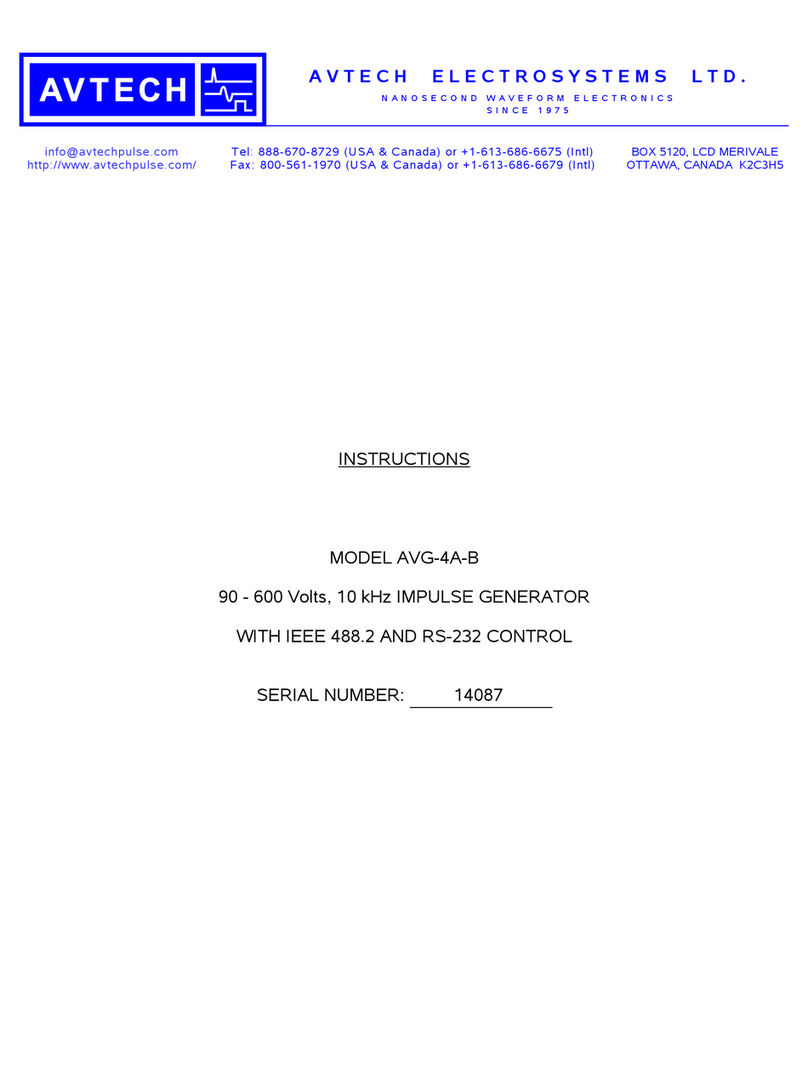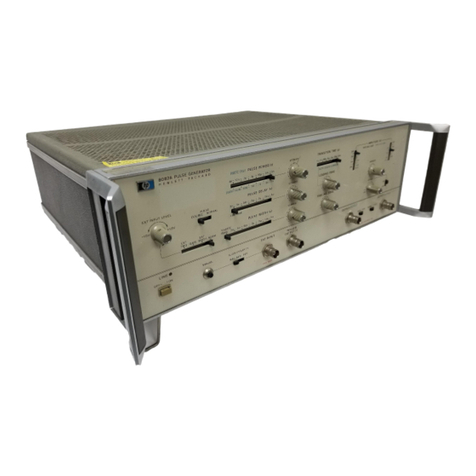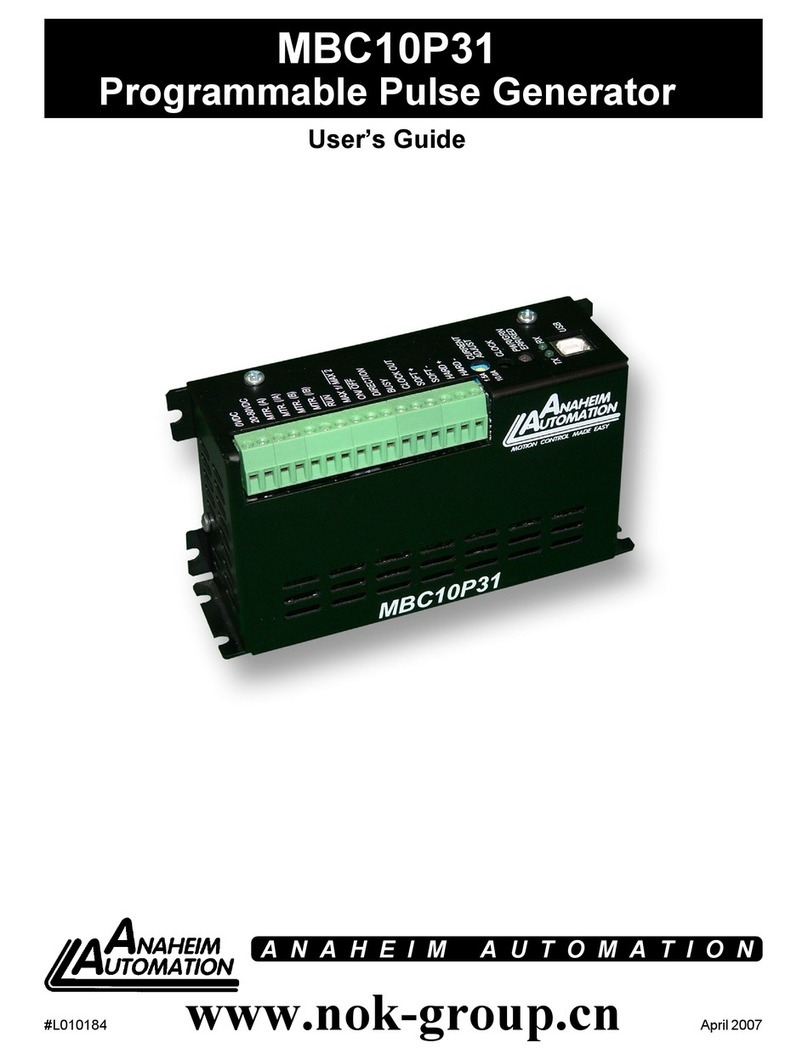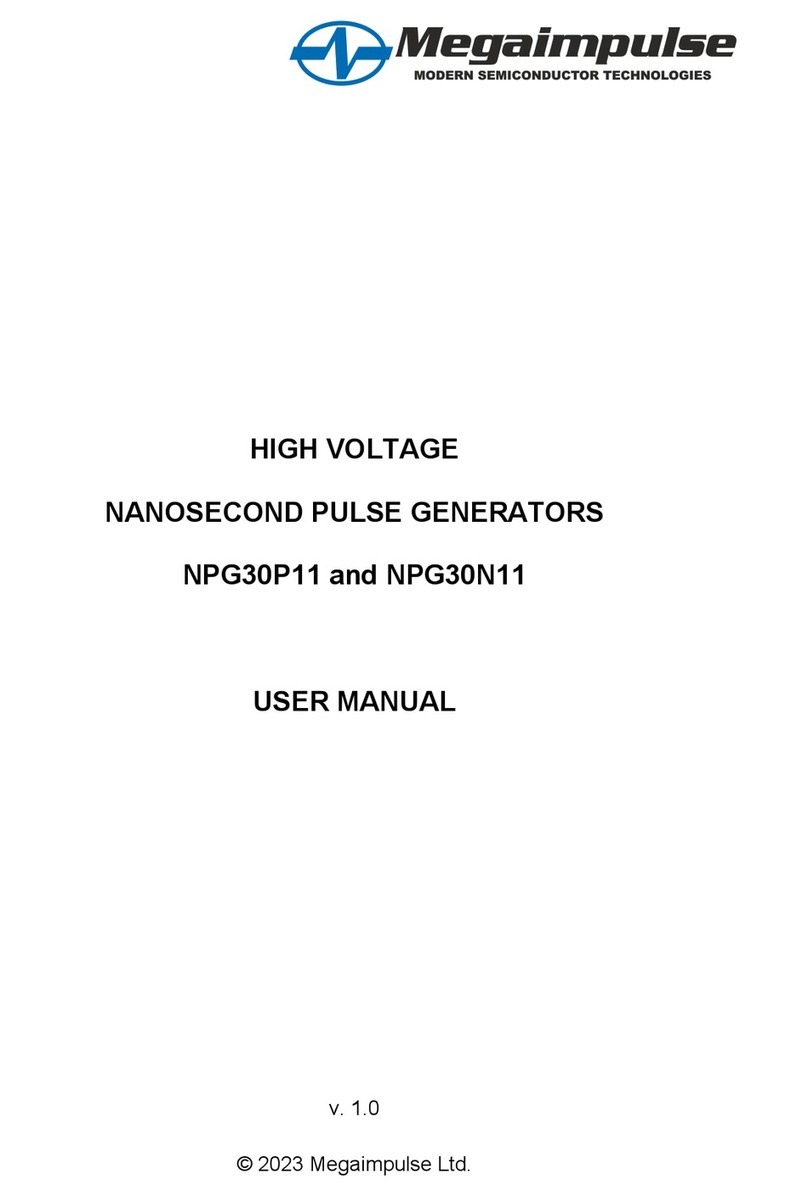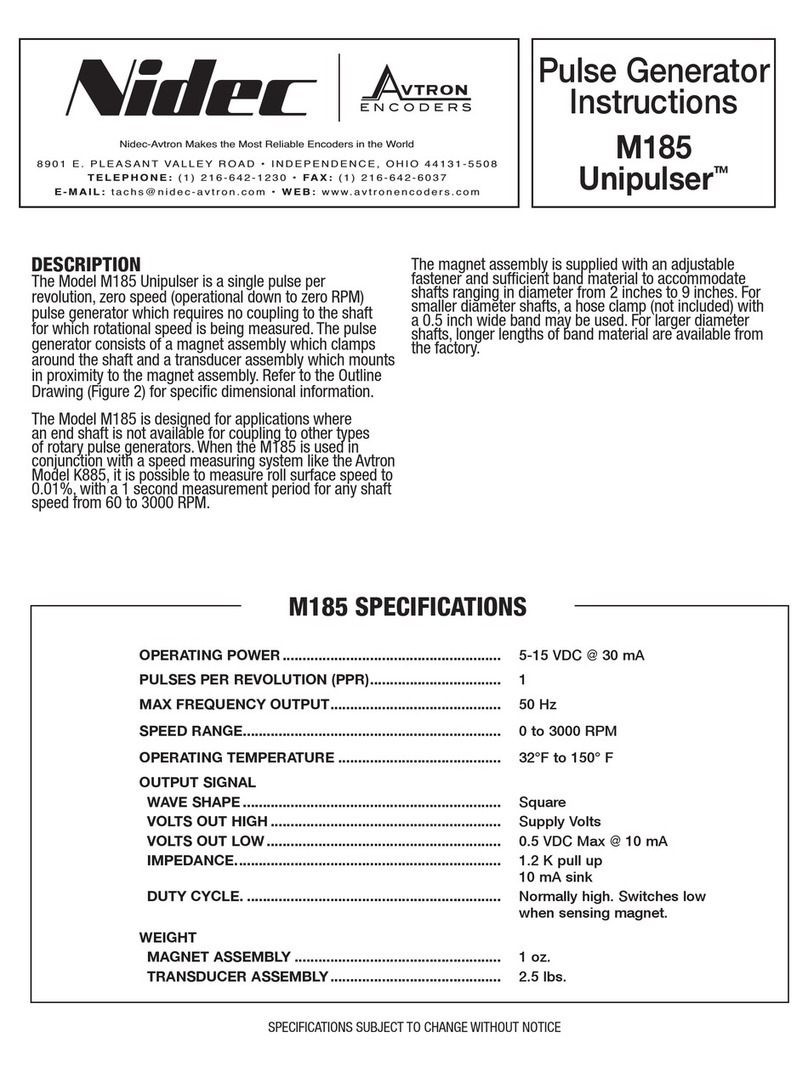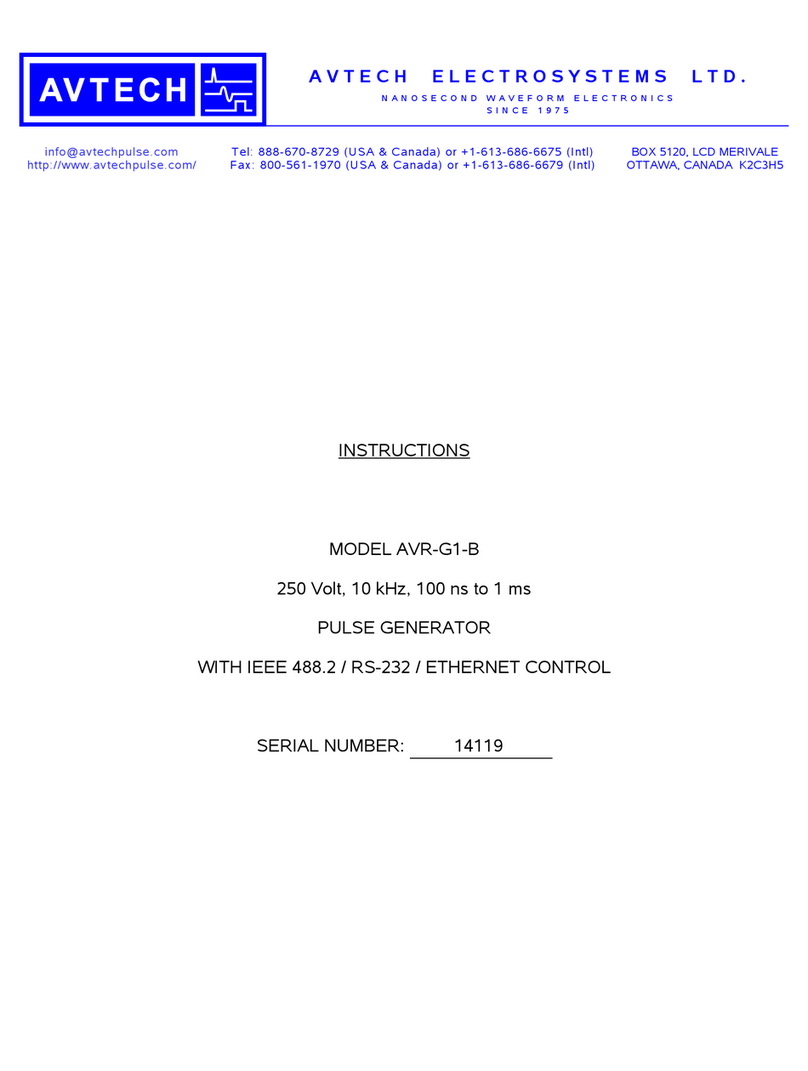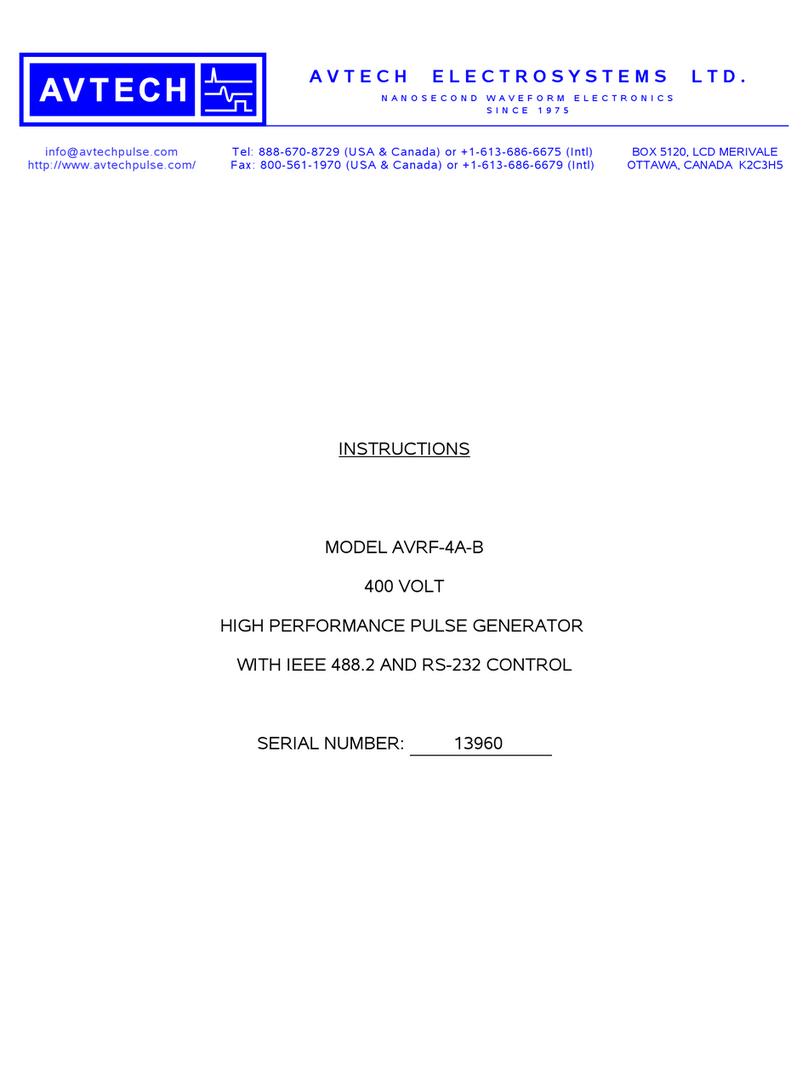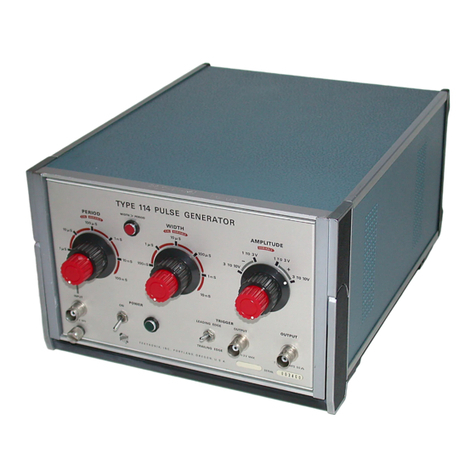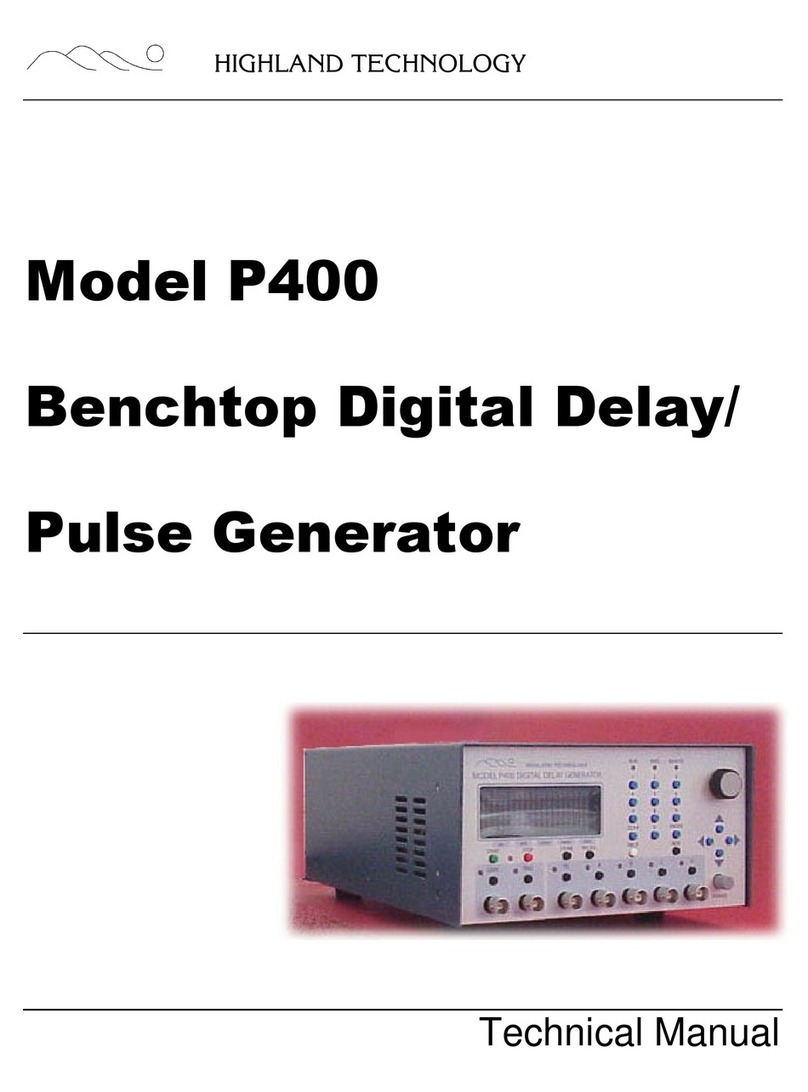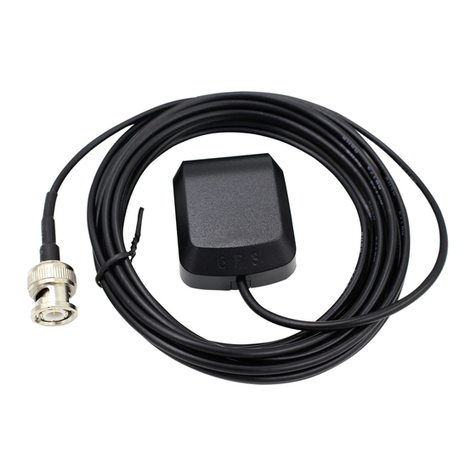Configure the PGU, PMU, and RPM using tests ................................................................. 3-1
Create a PMU project........................................................................................................... 3-2
Configure the tests............................................................................................................... 3-2
PMU operation modes ......................................................................................................... 3-4
PMU - all terminal parameters ............................................................................................. 3-6
Start (PMU Amplitude Sweep) .................................................................................................. 3-6
Stop (PMU Amplitude Sweep)...................................................................................................3-6
Step (Pulse Amplitude Sweep)..................................................................................................3-6
Points........................................................................................................................................3-7
Base..........................................................................................................................................3-7
Amplitude.................................................................................................................................. 3-7
Dual Sweep (pulse)...................................................................................................................3-7
Force Range (PMU)..................................................................................................................3-8
Disable outputs at completion................................................................................................... 3-8
Current Spot Mean High ...........................................................................................................3-8
Current Spot Mean Low............................................................................................................3-8
Measure Current Range (PMU) ................................................................................................3-9
Low Range..............................................................................................................................3-10
Current Sample Waveform......................................................................................................3-10
Voltage Spot Mean High .........................................................................................................3-10
Voltage Spot Mean Low..........................................................................................................3-10
Voltage Sample Waveform......................................................................................................3-10
Report Timestamps.................................................................................................................3-10
Report Status (PMU)...............................................................................................................3-11
PMU measurement status.......................................................................................................3-11
Compensation Short Connection ............................................................................................3-14
Load Line Effect Compensation.............................................................................................. 3-14
DUT Resistance (R DUT)........................................................................................................ 3-14
Max Voltage Estimator............................................................................................................3-15
Threshold Current...................................................................................................................3-15
Threshold Voltage...................................................................................................................3-15
Threshold Power.....................................................................................................................3-15
PMU Test Settings ............................................................................................................. 3-16
Test Mode (PMU)....................................................................................................................3-16
Measure Mode........................................................................................................................3-17
Number of Pulses....................................................................................................................3-19
Timing Sweep .........................................................................................................................3-19
Period......................................................................................................................................3-20
Width.......................................................................................................................................3-20
Rise Time................................................................................................................................ 3-21
Fall Time .................................................................................................................................3-21
Pulse Delay.............................................................................................................................3-21
Settling Times .........................................................................................................................3-22
Sweep Master.........................................................................................................................3-23
Output Values .........................................................................................................................3-23
Formulator...............................................................................................................................3-23
PMU pulse timing preview.................................................................................................. 3-24
PMU amplitude sweep example (one-channel).......................................................................3-25
PMU amplitude sweep and step example (two-channel) ........................................................3-27
Higher channel count test example.........................................................................................3-30
Pulse parameter definitions ............................................................................................... 3-34
PMU minimum settling times versus current measure range ............................................ 3-34
PMU capacitive charging/discharging effects.................................................................... 3-35
PMU and RPM measure ranges are not source ranges.................................................... 3-38
